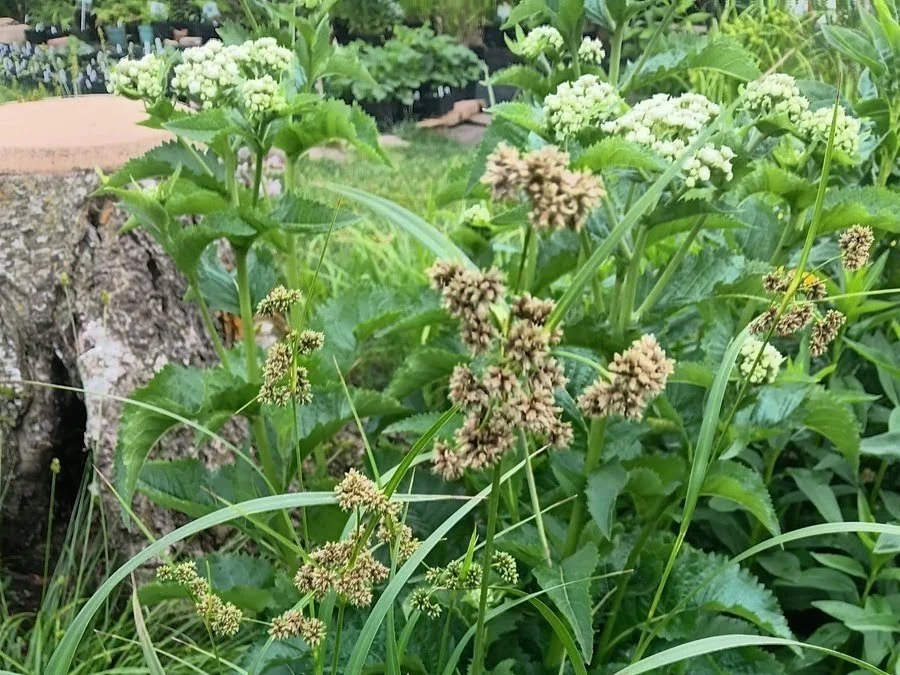Bloom: early to mid-summer
Habitats: drainage ditches; low areas along ponds and rivers; marshes; openings in floodplain woodlands; openings in upland woodlands; sedge meadows; seeps; sloughs and prairie swales; wet to moist black soil prairies; wet to moist clay prairies; wet to moist dolomite prairies; wet to moist sand prairies
Lifespan: perennial
Moisture: wet to moist
Plant type (height): sedge (2.5 to 4 feet)
Requirements: full sun to partial sun
Soil: abundant organic material; clay; gravel; sand
